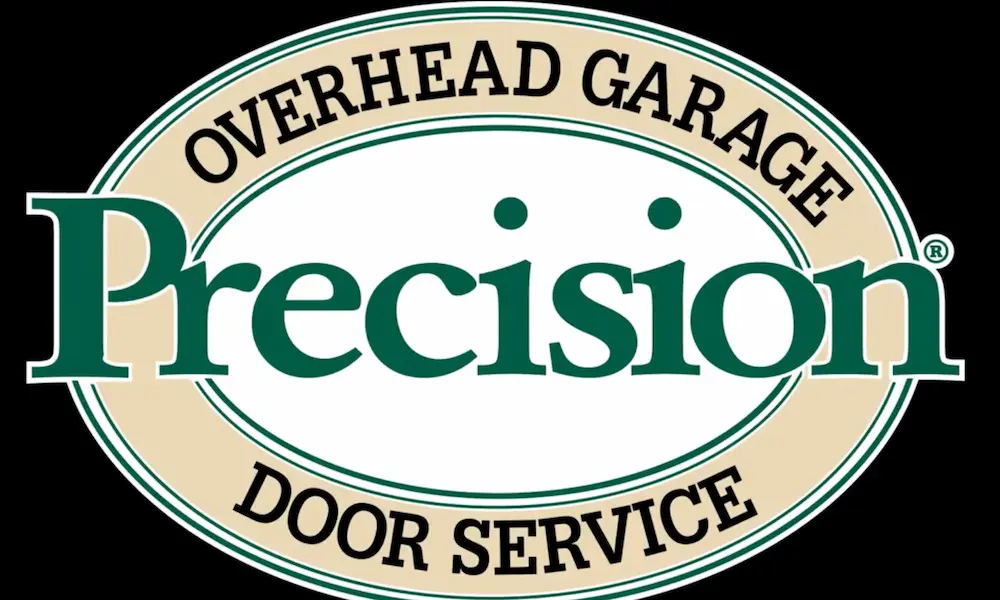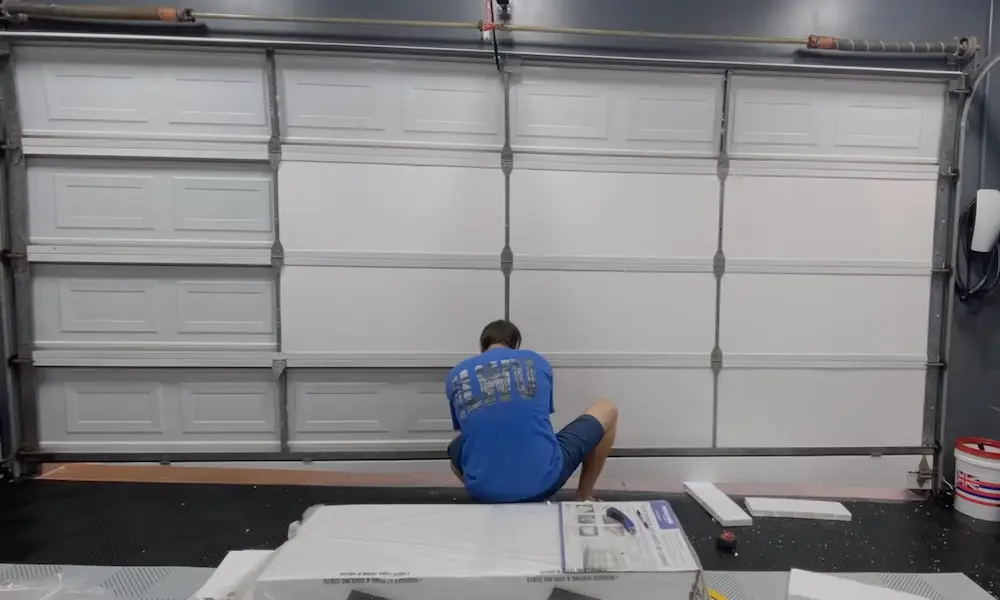Is your Craftsman garage door keypad giving you the silent treatment? You press the buttons, but nothing happens—no satisfying door movement, not even a light. It’s frustrating when this convenient access point suddenly leaves you locked out. But don’t worry—most keypad issues have simple fixes you can handle yourself.
Dead Battery: The Number One Culprit
When your Craftsman garage door keypad stops responding, a dead battery is usually to blame.
How to Replace the Battery
- Find the battery compartment (typically at the bottom of your keypad)
- Remove the cover using a Phillips screwdriver
- Take out the old 9-volt battery
- Insert a fresh 9-volt alkaline battery
- Replace the cover
If you notice a dim backlight when pressing buttons, that’s a telltale sign your battery is nearly dead. Even if it works occasionally, it’s time for a replacement.
Dealing with Battery Corrosion
Found white crusty stuff on the battery terminals? That’s corrosion, and it prevents proper electrical contact. Here’s what to do:
- Remove the old battery carefully
- Clean the terminals using a small brush or cotton swab with vinegar
- Let the terminals dry completely
- Install the new battery
Programming Problems After Battery Replacement
Replacing the battery often means you’ll need to reprogram your keypad. Many users miss this critical step.
Steps to Reprogram Your Keypad
- Locate the “Learn” button on your garage door opener motor unit (it’s usually colored and found on the back or side)
- Press and release the Learn button once—you’ll see an LED light up
- Within 30 seconds, enter your 4-digit PIN on the keypad followed by the Enter button
- The garage door opener lights should blink, confirming successful programming
If your opener doesn’t respond to the new programming, your opener might not recognize the keypad anymore.
Clearing All Existing Codes
Sometimes a fresh start helps:
- Press and hold the Learn button for about 6 seconds until the LED turns off
- This erases all programmed devices (remotes and keypads)
- Follow the reprogramming steps to set up your keypad again
Sticky or Worn-Out Buttons
Outdoor exposure means your keypad buttons might get sticky or worn out over time.
Cleaning Sticky Buttons
- Apply a few drops of appliance cleaner to a soft cloth (never spray directly on the keypad)
- Wipe the buttons and spaces between them
- Use a dry cloth to remove any residue
- Test each button after cleaning
Working Around Worn-Out Buttons
If certain numbers no longer work:
- Try programming a PIN that uses different numbers
- Avoid using the same digit multiple times in your PIN
- Distribute button wear by choosing varied digits
Mounting Location Problems
Where your keypad is mounted can surprisingly affect its performance.
Metal Surface Interference
Metal surfaces can block or interfere with wireless signals:
- Remove the keypad from its mounting surface
- Test it while holding it in your hand a few feet away
- If it works when unmounted, add rubber grommets between the keypad and mounting surface
- Or mount it on a small piece of wood to create separation from metal surfaces
Weather Exposure Issues
Extreme weather takes a toll on outdoor keypads:
- Check for cracks in the housing that might let moisture in
- Install a small weather shield above the keypad if it’s in a directly exposed location
- Consider a waterproof cover during severe weather seasons
- Clean regularly to prevent dirt and debris buildup
Signal and Range Problems
Sometimes the issue isn’t with the keypad itself but with how it communicates with your garage door opener.
Common Interference Sources
- LED light bulbs in your garage door opener (they can emit interference)
- New electronic devices nearby
- Bundled antenna wire (should hang straight down from opener)
Testing Signal Range
- Stand directly below the garage door opener with the keypad
- Test if it works at close range
- If it works close but not at the normal mounting location, interference might be the issue
Signal Boosting Methods
- Make sure the antenna wire on the opener is fully extended
- Remove any metal objects between the keypad and opener
- Check if the keypad works better at different times of day (interference can be time-dependent)
System Reset and Reboot
Sometimes electronics just need a reset to get back to normal functioning.
How to Reset Your Garage Door Opener System
- Unplug your garage door opener from power
- Wait a full five minutes (this allows capacitors to fully discharge)
- Plug it back in and wait for it to reboot
- Test if the keypad now communicates properly
Internal Wiring Problems
Physical damage can disrupt the keypad’s internal connections.
Checking for Loose or Damaged Wires
- Remove the keypad cover carefully
- Look for any obviously disconnected or frayed wires
- Check if any connections look loose
- Gently reconnect any detached wires
- Look for signs of water damage or corrosion on the circuit board
Frequency Setting Issues
Some Craftsman keypads have dip switches that must match your opener’s frequency.
Checking Frequency Settings
- Open both your keypad and garage door opener covers
- Look for small switches (dip switches) inside both devices
- Make sure the pattern of on/off positions matches between the two
- Consult your manual for specific frequency setting guidance
When Replacement Makes More Sense
Sometimes fixing isn’t the best option. Consider replacing your keypad when:
- It’s more than 10 years old
- Multiple buttons have stopped working
- You see significant water damage inside
- The housing is cracked or damaged beyond repair
- You’ve tried all troubleshooting steps without success
Replacement Craftsman keypads typically cost $30-35—much less than a service call and often less frustrating than continuing to troubleshoot an aging unit.
Compatibility Issues with Newer Systems
If you’ve recently replaced your garage door opener but kept your old keypad, compatibility could be your problem.
Checking Compatibility
- Verify your keypad model is compatible with your opener model
- Some older Craftsman keypads use different frequencies than newer systems
- Check if your opener has HomeLink, Security+ or other technology that might require a specific keypad type
Programming PIN Technique Issues
Sometimes it’s not the hardware but how you’re programming it.
Common Programming Mistakes
- Waiting too long between pressing the Learn button and entering your PIN
- Not pressing Enter after inputting your PIN
- Using prohibited PIN codes (some systems don’t allow certain combinations)
- Pressing buttons too quickly or too slowly during programming
Try following the exact timing specified in your manual when programming your PIN.
Different Models, Different Solutions
Craftsman has released many keypad models over the years, each with specific features and troubleshooting steps.
Identifying Your Keypad Model
Look for model numbers like:
- 139.53684
- 139.53754
- 940CB
- 940D
- 315MHz or 390MHz models
Each has specific programming sequences and requirements. Check your manual or the Craftsman website for model-specific instructions.
Preventative Maintenance Tips
Keep your keypad working reliably with these maintenance practices:
- Change the battery annually, even if it’s still working
- Clean the keypad exterior seasonally
- Apply silicone spray to the gasket around the keypad cover yearly
- Test all buttons periodically to catch wear early
- Keep a written record of your PIN in a secure indoor location
Additional Security Features That May Cause Issues
Some Craftsman keypads have security features that can complicate troubleshooting.
Rolling Code Technology
Modern Craftsman systems use rolling code technology that changes access codes after each use:
- This prevents code stealing but requires proper synchronization
- If your system gets out of sync, clearing all codes and reprogramming might be necessary
Temporary PIN Features
Some keypads allow temporary PINs for service providers:
- Check if an expired temporary PIN is causing confusion
- Clear all temporary PINs if you’re having access issues
Avoiding Common DIY Mishaps
When troubleshooting your keypad, watch out for these common mistakes:
- Using the wrong type of battery (always use alkaline 9-volt)
- Over-tightening mounting screws (which can crack the housing)
- Using harsh chemicals for cleaning (which can damage the buttons)
- Exposing internal components to moisture during battery changes
- Forgetting your PIN after clearing all codes
By methodically working through these troubleshooting steps, you’ll likely identify and fix what’s wrong with your Craftsman garage door keypad. Most issues have simple solutions that don’t require professional help—saving you time, money, and frustration.
















